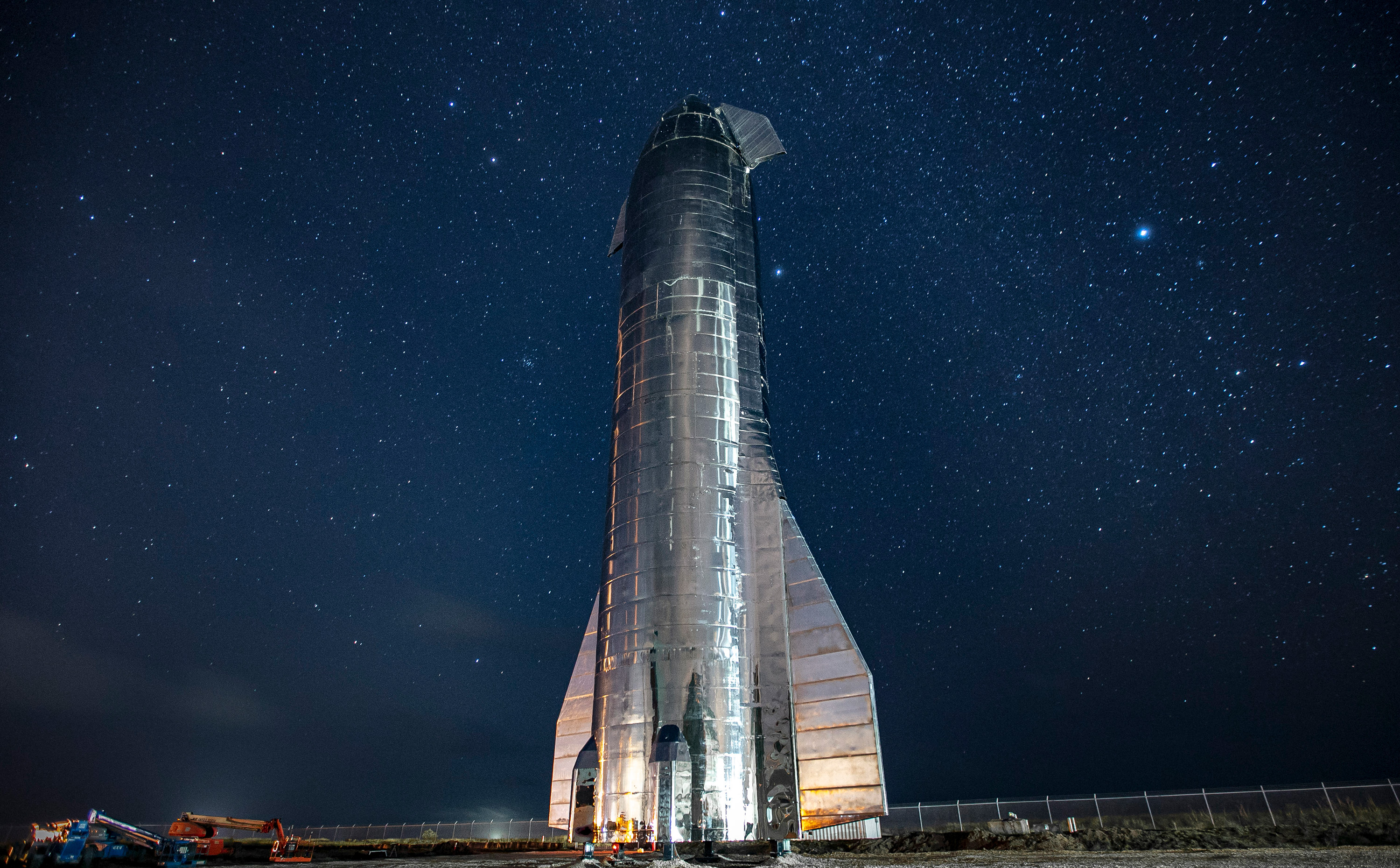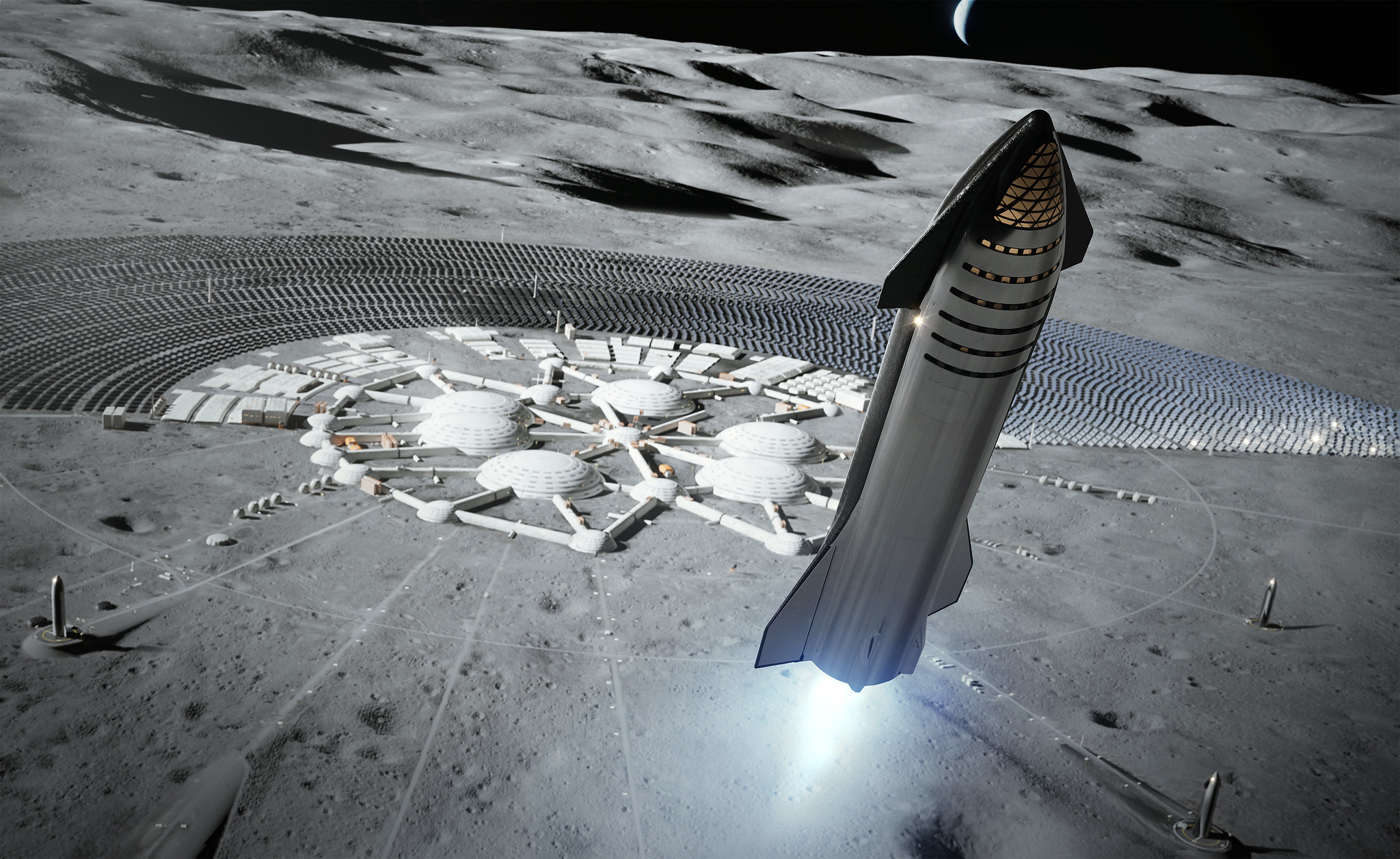How the Starship rocket of SpaceX could unlock the solar system and beyond
With the first orbital test launch of Starship imminent, scientists are fantasising about the possibilities it could enable—from visits to Neptune to planetary defence.

Key Highlights
- The roughly 400-foot-tall rocket, Starship, is intended to carry NASA astronauts to the moon.
- And Elon Musk, SpaceX's CEO, has loftier ambitions: he wants to use it to colonise Mars.
- Musk stated that the Starship might carry "a great number of scientific instruments" on flights—far more than is now conceivable. "
- At the heart of many of these concepts is the fact that a Starship is supposed to be not only enormous but also inexpensive to launch.
- The cheap cost of access has the potential to fundamentally alter the landscape of scientific study," says Andrew Westphal, a physics lecturer at the University of California, Berkeley, referring to flights that could cost as little as $2 million per launch. "
Advertisement

The roughly 400-foot-tall rocket, Starship, is intended to carry NASA astronauts to the moon. And Elon Musk, SpaceX's CEO, has loftier ambitions: he wants to use it to colonise Mars.
Much has already been written on the Starship's capability for human spaceflight. However, the rocket has the potential to transform our understanding of our surrounding planets and moons. "A starship would fundamentally alter how we explore the solar system," says Ali Bramson, a planetary scientist at Purdue University. "Planetary science is on the verge of exploding."
If the mission lives up to expectations, scientists are already discussing sending expeditions to Neptune and its largest moon in the outer solar system, bringing back massive amounts of space rock from Earth's moon and Mars, and even devising novel techniques to safeguard Earth from approaching asteroids.
Starship—which is now under construction at a Texas facility dubbed "Starbase"—is comprised of a massive spaceship atop a massive launcher known as the Super Heavy. Both can return to Earth and be reused, hence lowering expenses. The complete spacecraft will be capable of regularly launching 100 metric tonnes (220,000 pounds) of freight and passengers into orbit at a reasonable cost. Starship's usable volume is a massive 1,000 cubic meters—large enough to contain the completely disassembled Eiffel Tower. And this excites scientists.
Advertisement

"Starship is, like, fantastic," says James Head, a Brown University planetary scientist.
Musk emphasised the project's scientific potential in mid-November, during a publicly accessible virtual conference about Starship held by the US National Academies of Sciences, Engineering, and Medicine. "It is critical that we strive to become a multiplanet species as soon as feasible," he stated. "We will learn a great deal about the nature of the universe along the way." Musk stated that the Starship might carry "a great number of scientific instruments" on flights—far more than is now conceivable. "We'd learn a lot more than we would if we had to send relatively small vehicles with limited scientific instruments, as we currently do," he explained.
"You could deliver a 100-ton object to Europa's surface," Musk stated.
Low-cost and reusable

At the heart of many of these concepts is the fact that a Starship is supposed to be not only enormous but also inexpensive to launch. Whereas NASA and the European Space Agency must carefully select a few missions to support due to launch costs in the tens or hundreds of millions of dollars, Starship's affordability may allow for many more. "The cheap cost of access has the potential to fundamentally alter the landscape of scientific study," says Andrew Westphal, a physics lecturer at the University of California, Berkeley, referring to flights that could cost as little as $2 million per launch. "You may envision privately supported missions and citizen consortia collaborating to fly objects."
Advertisement